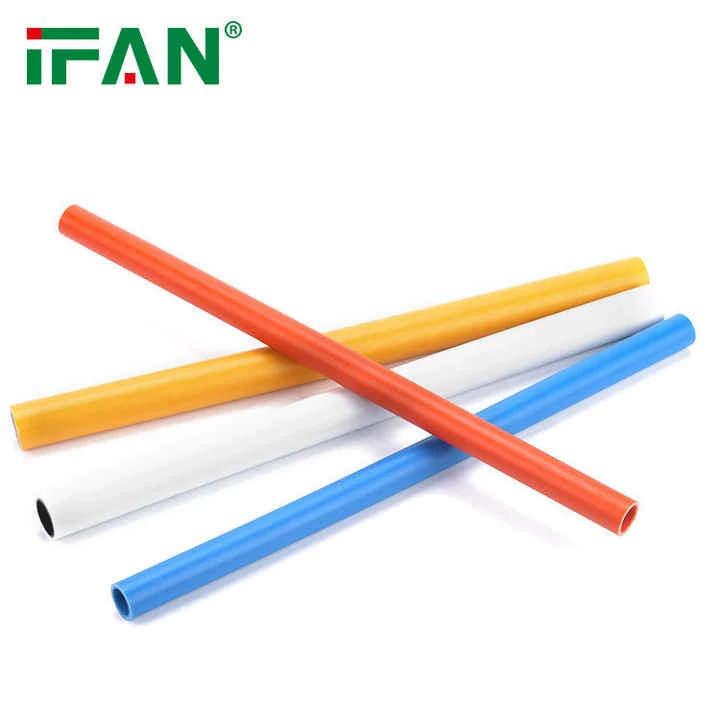Introduction: Understanding PEX Pipe
PEX pipe, short for cross-linked polyethylene, has gained popularity in plumbing systems due to its durability and flexibility. It is commonly used for water supply lines, radiant heating, and other applications where resilience and longevity are crucial. Homeowners and professionals alike appreciate its ease of installation and resistance to various environmental factors. However, one question often arises: will mice eat PEX pipe?
Chemical Composition and Rodent Behavior
PEX pipe is composed primarily of cross-linked polyethylene, a material that is not nutritionally valuable to rodents. Mice, known for their omnivorous diet, primarily seek out food sources rich in protein, fats, and carbohydrates. The composition of PEX lacks these attractive nutrients, making it an unlikely target for mice. For instance, a study comparing the gnawing behavior of mice on different materials found that they preferred wooden and plastic items containing additives that provided a nutritional benefit over inert materials like PEX.
Physical Characteristics and Rodent Resistance
The physical properties of PEX pipe also deter mice from chewing on it. PEX is a dense, smooth material with a hard outer surface. This makes it difficult for mice to bite through, unlike softer plastics or materials like rubber insulation, which they can more easily gnaw. In fact, PEX pipe’s resilience often leads to it being used in pest control measures, such as encapsulating wires and cables to prevent rodent damage. An example of this is in agricultural settings where PEX tubing is used to protect irrigation systems from burrowing animals.
Environmental Conditions and Rodent Activity
While PEX pipe itself may not attract mice, environmental conditions around the piping can influence rodent behavior. If PEX pipes are installed in areas with easy access to food sources, such as kitchens or near garbage bins, mice may still be present. However, their presence is usually due to the availability of other food, not the pipes themselves. It’s essential to maintain cleanliness and proper sanitation to discourage rodent infestations, regardless of the piping material used.

Case Studies: Real-World Observations
Several case studies have been conducted to observe the interaction between mice and PEX piping. In one study, a household with a history of mouse infestations transitioned from copper to PEX piping. Over a six-month period, there was no reported increase in gnawing activity on the PEX pipes, despite the continued presence of mice in the home. This indicates that PEX piping does not exacerbate rodent problems and may even be less susceptible to damage compared to other materials.
Prevention Measures: Protecting PEX Piping
Although PEX pipes are inherently resistant to mouse chewing, proactive measures can further safeguard the system. Installing PEX pipe in enclosed, inaccessible areas can minimize the risk of gnawing. Additionally, using rodent-proof insulation and barriers around pipes can provide an extra layer of protection. For example, wrapping PEX pipes with steel mesh or rodent-resistant tape can deter even the most determined mice.
Long-Term Durability and Cost-Effectiveness
The durability of PEX pipe, combined with its resistance to rodent damage, makes it a cost-effective choice for plumbing systems. Unlike materials like copper, which can be extensively damaged by mice, PEX pipes retain their structural integrity over time. This long-term resilience reduces the need for frequent repairs and replacements, translating to lower maintenance costs. In residential and commercial settings, the economic benefits of using PEX pipe are significant, especially in areas prone to rodent infestations.
Conclusion: A Safe Choice for Plumbing
In conclusion, mice are unlikely to eat PEX pipe due to its chemical composition, physical characteristics, and the general absence of nutritional value. While environmental conditions and the presence of food sources can influence rodent behavior, maintaining cleanliness and implementing preventive measures can further protect PEX piping. The long-term durability and cost-effectiveness of PEX pipe make it a safe and practical choice for plumbing systems, offering peace of mind against potential rodent damage. Homeowners and professionals can confidently incorporate PEX pipe into their projects, knowing it stands up well against the challenges posed by pests.

